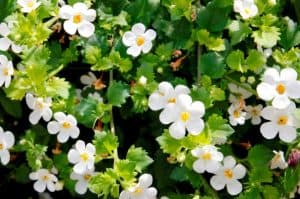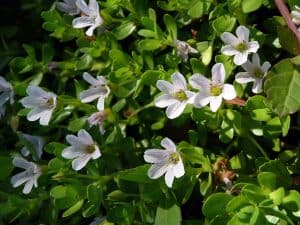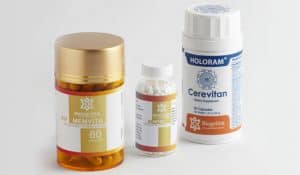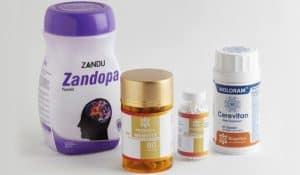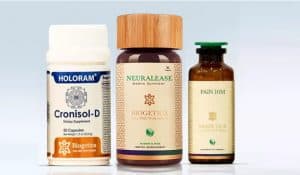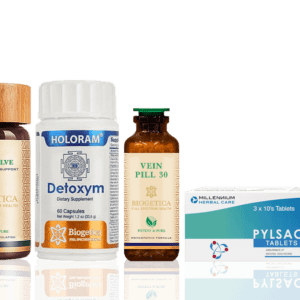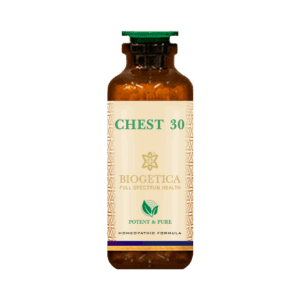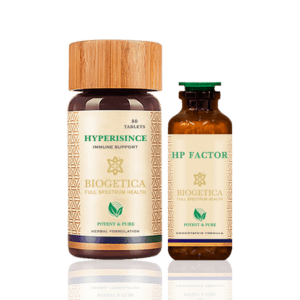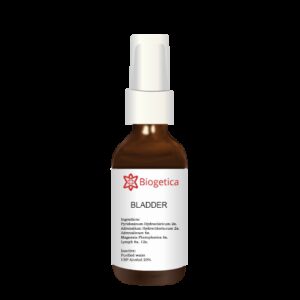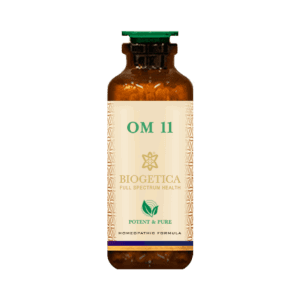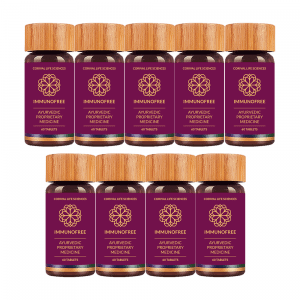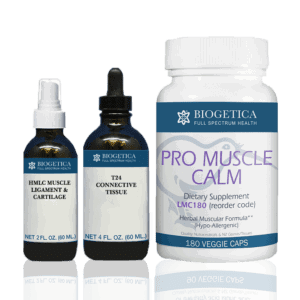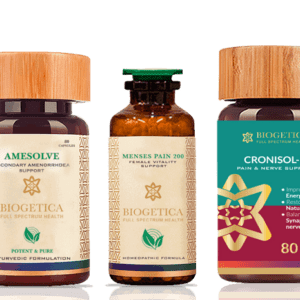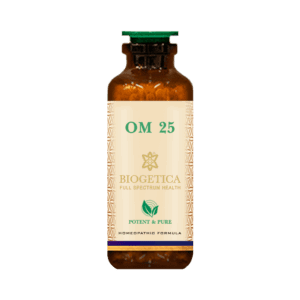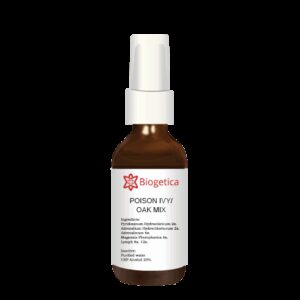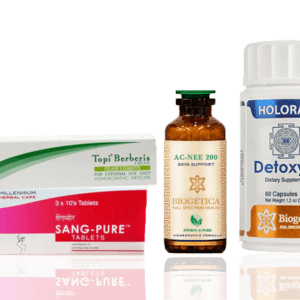
Vitiligo sufferers can experience a profound psychological impact that can lead to a rapid decline in their self-esteem.
Have you also been affected by vitiligo? You have tried every prescribed treatment but to no avail. You may be discouraged that the spots won’t disappear despite your best efforts. We understand how frustrating it can be when your spots just won’t go away despite all your efforts.
Continue reading to learn what you can do to bring color back into your life.
What is Vitiligo
Leucoderma (vitiligo) is a condition of the skin characterized by patches of white skin. This occurs when the pigment that gives skin color, melanin, is deficient.
Vitiligo can be a result of an autoimmune disease where the body attacks its own pigmented melanocytes (melanocytes), not recognizing them as their own. There are many factors that can cause vitiligo, including hormonal imbalances, genetic predisposition, and other autoimmune disorders such as diabetes, hypothyroidism or diabetes.
Treatment Options for Vitiligo
Conventional treatments, such as corticosteroid lotions, creams, PUVA therapy, and surgery, are currently recommended. However, these have only produced limited results, since they offer only symptomatic relief, and don’t address the root causes of your problem. Most treatments have unpleasant side effects. Scientists and researchers have begun testing alternative ways to manage this condition due to the limited options in modern medicine. In an effort to develop a treatment protocol, many studies have been done on natural ingredients like evidence-based herbs and homeopathic dilutions.
Can Picrorhiza kurroa Cure Vitiligo
Picrorhiza kurroa is one of the herbs that have shown promising results during various clinical trials to assess their efficacy for conditions such as Vitiligo. It is also used traditionally in Ayurvedic medicine to promote skin and liver health.
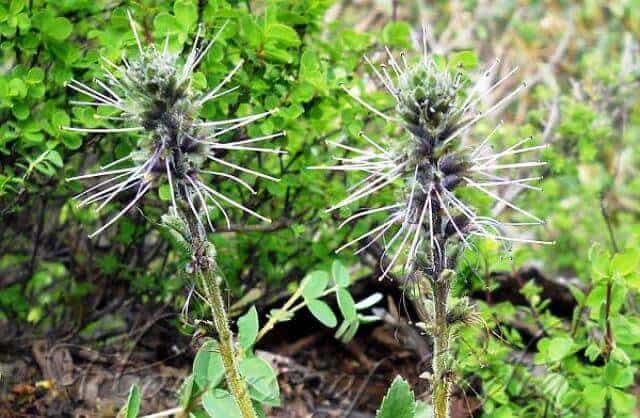
Picrorhiza Kurroa, also known as Kutki and Kutaki in Ayurveda, is an Ayurvedic plant. Two molecules, picroside I & picroside 2, are responsible for their therapeutic properties. Collectively these active molecules are known as kutkin / picroliv.
What makes Picrorhiza Kurroa such a promising herb
Let’s first look at some of the traditional uses for picrorhiza.
Clinical studies have shown that this herb has antibacterial, antiperiodic (relieves obstructions of bile), purging, detoxifying, and laxative properties. It also has anti-inflammatory, allergy, antioxidant, and rejuvenating properties. This plant is packed with health-promoting attributes that could be useful for treating a variety of conditions.
You will also find that traditional practitioners often recommend this herb to treat liver and upper respiratory tract problems.
Researchers have tested the herb for conditions such as vitiligo, psoriasis, and viral hepatitis.
Does Picrorhiza Kurroa Provide Relief for Vitiligo Patients
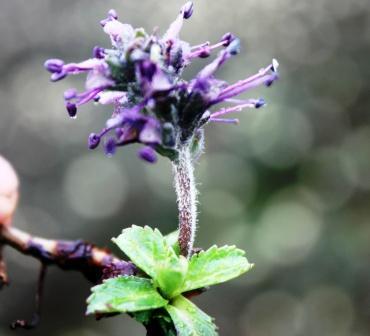
Vitiligo destroys pigment cells in your body. According to the autoimmune theory, the gradual destruction of melanocytes is caused when the body misidentifies the melanocytes and releases immune cells in order to rid itself of them. This has been accepted by all medical professionals. This theory is based also on the fact that melanocyte-specific antibodies circulating in vitiligo sufferers.
Additionally, CD8+ T-cells (which are crucial for killing cancerous and virally-infected cells, as well as restraining certain types of immune responses) were also found in lesions with vitiligo. The autoimmune attack against melanocytes is therefore a combination of humoral and cell immunity.
The best way to treat this condition is by stopping the body from attacking itself, balancing the body and removing any disturbances that may be contributing to the development of vitiligo, and protecting, nourishing, and rejuvenating your skin.
Picrorhiza has anti-inflammatory properties that stop the release of cytokines which cause inflammation and disrupt melanocyte function. Its cleansing and detoxifying properties improve skin and liver health. Meanwhile, its immunomodulatory property controls hypersensitivity, antibodies-mediated responses, and phagocytic activities. Picrorhiza’s versatile properties could prevent the destruction of melanocytes, eliminate toxins, and rejuvenate skin. A preliminary trial showed that Picrorhiza when combined with methoxsalen drug, could accelerate recovery from vitiligo.
Biogetica is a pioneer in natural medicine and has researched many natural ingredients. In addition, we have a number of patents that are published in this area. We continue to strive to create the most effective combinations for our protocols to target root issues across the physical and energetic spectrums and to help you on your journey to health and freedom.
Picrorhiza Kurroa is, therefore, a key ingredient in our multi-disciplinary, holistic, Freedom Kit.
We have formulated this protocol with several clinically researched ayurvedic herbs such as Acorus calamus, Psoralea corylifolia, Tinospora cordifolia, Curcuma longa, etc along with picrorhiza kurroa and homeopathic attenuations in easy-to-consume pills. In fact, our product pigmento has been clinically tested in vitiligo patients and 60% of them reported repigmentation. We strive to harness the immense potent powers of nature and present them to humanity in a bid to get Nature the respect it deserves. To know more about our health protocols or to get expert advice on any health-related concerns, please consult our doctors available 24/7 at www.biogetica.com now.
References:
- Bedi KL, Zutshi U, Chopra CL, Amla V. Picrorhiza kurroa, an Ayurvedic herb, may potentiate photochemotherapy in vitiligo. J Ethnopharmacol1989;27:347–52
- Dr. B. Safia MBBS, M.D, DVD, Asst Prof of skin & VD, Pigmento in Leucoderma Clinical Evaluation of an Ayurvedic Combination Therapy.





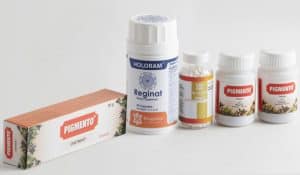




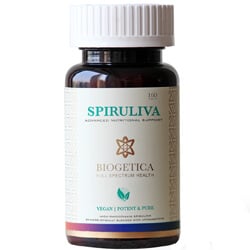
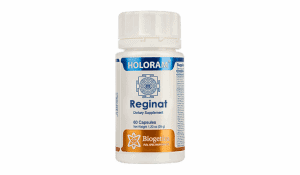

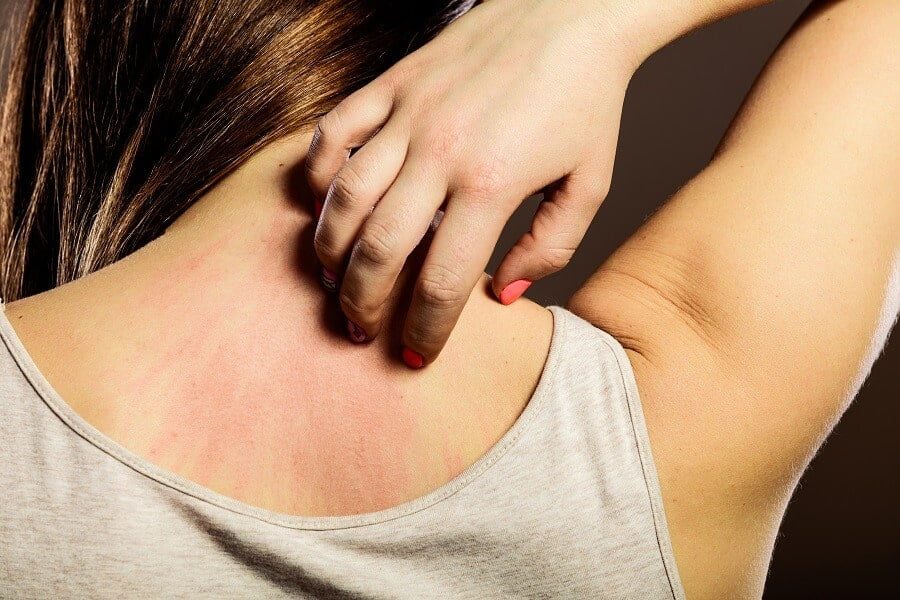
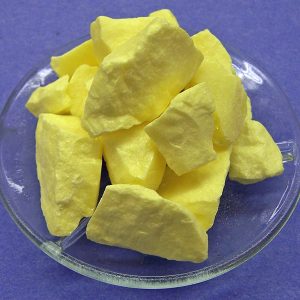 Sulphur is a well-known homeopathic remedy. It is commonly used for itchy skin infections owing to its traditionally believed antiseptic and cleansing properties. Clinical evidence suggests that this homeopathic remedy may help in improving the immune system against parasitic infections.
Sulphur is a well-known homeopathic remedy. It is commonly used for itchy skin infections owing to its traditionally believed antiseptic and cleansing properties. Clinical evidence suggests that this homeopathic remedy may help in improving the immune system against parasitic infections. 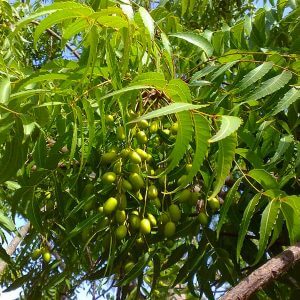 The neem tree (Azadirachta indica) is one of the most versatile herbs found in nature. It is traditionally believed to possess analgesic, antiparasitic, anti-inflammatory, and antibacterial properties. Neem’s active constituents are also said to numb pain and relieve itching. In a pilot study, 97% of the 814 scabies cases obtained complete relief within 3 to 15 days of using a herbal protocol of neem and Curcuma.
The neem tree (Azadirachta indica) is one of the most versatile herbs found in nature. It is traditionally believed to possess analgesic, antiparasitic, anti-inflammatory, and antibacterial properties. Neem’s active constituents are also said to numb pain and relieve itching. In a pilot study, 97% of the 814 scabies cases obtained complete relief within 3 to 15 days of using a herbal protocol of neem and Curcuma. 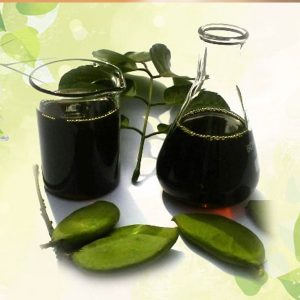 This is another popular ayurvedic oil prepared from the seeds of the Karanja Tree (Pongamia glabra) . The oil is traditionally used for its antiseptic, insecticidal, anti-parasitic, and cleansing properties. The oil has also been tested for its role in skin infections and it has been reported that karanja possesses potent anti-scabies and anti-leprotic activity.
This is another popular ayurvedic oil prepared from the seeds of the Karanja Tree (Pongamia glabra) . The oil is traditionally used for its antiseptic, insecticidal, anti-parasitic, and cleansing properties. The oil has also been tested for its role in skin infections and it has been reported that karanja possesses potent anti-scabies and anti-leprotic activity. 

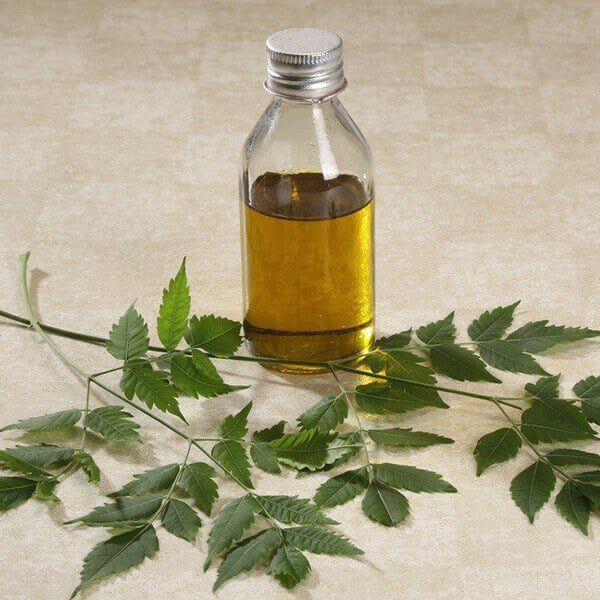 The neem tree (Azadirachta indica) is one of the most revered herbs in Ayurvedic medicine. It is traditionally believed to possess analgesic, antiparasitic, anti-inflammatory, and antibacterial properties. Several clinical studies have supported neem oil’s use in treating scabies. In an in-vitro experiment, 200 mg neem oil caused a 100 percent mortality rate on scabies mites after being exposed to the oil for four and a half hours.
The neem tree (Azadirachta indica) is one of the most revered herbs in Ayurvedic medicine. It is traditionally believed to possess analgesic, antiparasitic, anti-inflammatory, and antibacterial properties. Several clinical studies have supported neem oil’s use in treating scabies. In an in-vitro experiment, 200 mg neem oil caused a 100 percent mortality rate on scabies mites after being exposed to the oil for four and a half hours.  This herb has been fervently studied for its immune boosting, antimicrobial, anti-inflammatory, and protective properties. Several studies have highlighted its potential in boosting immunity against foreign invaders. Results of a pilot study evaluating 814 patients with scabies reported that 97% of the participants were found to be completely relieved of scabies after applying a paste of neem and turmeric for a period of 3-15 days. Moreover, no toxic or adverse reactions were observed.
This herb has been fervently studied for its immune boosting, antimicrobial, anti-inflammatory, and protective properties. Several studies have highlighted its potential in boosting immunity against foreign invaders. Results of a pilot study evaluating 814 patients with scabies reported that 97% of the participants were found to be completely relieved of scabies after applying a paste of neem and turmeric for a period of 3-15 days. Moreover, no toxic or adverse reactions were observed. 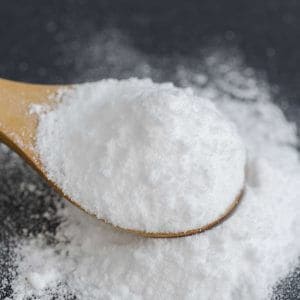 Borax is a naturally-occurring mineral composed of sodium, boron, oxygen, and water. Scientific research has indicated that borax possesses inherent anti–inflammatory, insecticidal, virucidal, and fungicidal properties. It is a potential antidote to fluoride toxicity, boosts immunity, promotes healing of wounds, regulates hormone production, and enhances memory.
Borax is a naturally-occurring mineral composed of sodium, boron, oxygen, and water. Scientific research has indicated that borax possesses inherent anti–inflammatory, insecticidal, virucidal, and fungicidal properties. It is a potential antidote to fluoride toxicity, boosts immunity, promotes healing of wounds, regulates hormone production, and enhances memory. Sandalwood is a reliable Ayurvedic remedy known for its multifarious properties. However, it is best used for promoting and nourishing the health of the skin. Studies on this ingredient have highlighted that it is a natural disinfectant, possesses powerful antimicrobial properties, and helps in subsiding inflammation, skin redness, and sore skin. Plus, it exerts a cooling, soothing and emollient effect on application.
Sandalwood is a reliable Ayurvedic remedy known for its multifarious properties. However, it is best used for promoting and nourishing the health of the skin. Studies on this ingredient have highlighted that it is a natural disinfectant, possesses powerful antimicrobial properties, and helps in subsiding inflammation, skin redness, and sore skin. Plus, it exerts a cooling, soothing and emollient effect on application. Although clove oil has been popularly used as a traditional toothache remedy, phytochemical evaluations have identified analgesic, antioxidant, anesthetic, anti-bacterial, and anti-inflammatory properties in it. Clove oil’s active constituent eugenol has been studied for its inhibitory effect on the scabies mite.
Although clove oil has been popularly used as a traditional toothache remedy, phytochemical evaluations have identified analgesic, antioxidant, anesthetic, anti-bacterial, and anti-inflammatory properties in it. Clove oil’s active constituent eugenol has been studied for its inhibitory effect on the scabies mite.  Cardamom is a popular kitchen spice normally used for its distinctive taste and flavor. However, it is also endowed with several health-promoting properties. It is traditionally believed to possess antioxidant, detoxifying, rejuvenating, anti-infective, circulation-enhancing, anti-inflammatory, and antiseptic properties. It is also recommended for boosting immunity and maintaining healthy skin.
Cardamom is a popular kitchen spice normally used for its distinctive taste and flavor. However, it is also endowed with several health-promoting properties. It is traditionally believed to possess antioxidant, detoxifying, rejuvenating, anti-infective, circulation-enhancing, anti-inflammatory, and antiseptic properties. It is also recommended for boosting immunity and maintaining healthy skin. Tea tree oil has been traditionally used as an antiseptic and anti-inflammatory. Many clinical studies have tested its effects as an acaricidal, antiparasitic, and emollient agent. It has been shown to relieve burning, itching, inflammation, and scaling. A recent study highlighted that tea tree oil has a relevant spectrum of activity against scabies mites with potential antimicrobial, anti-inflammatory, and putative anti-itch properties along with it also being an effective antipruritic that alleviates the itchiness of the skin and reduces the burden from a scabies infection.
Tea tree oil has been traditionally used as an antiseptic and anti-inflammatory. Many clinical studies have tested its effects as an acaricidal, antiparasitic, and emollient agent. It has been shown to relieve burning, itching, inflammation, and scaling. A recent study highlighted that tea tree oil has a relevant spectrum of activity against scabies mites with potential antimicrobial, anti-inflammatory, and putative anti-itch properties along with it also being an effective antipruritic that alleviates the itchiness of the skin and reduces the burden from a scabies infection. 

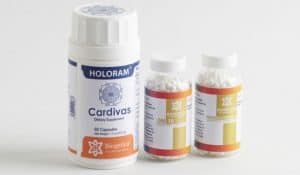
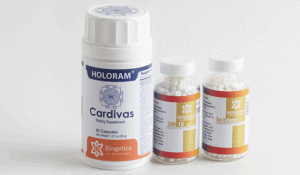
 This herb has been reported to possess antioxidant, antiplatelet, anti-hypoxic, antiedemic, hemorheological (
This herb has been reported to possess antioxidant, antiplatelet, anti-hypoxic, antiedemic, hemorheological (  This active bioconstituent extracted from the bark of the French maritime pine has been studied for its potential benefits in lowering blood sugar, improving hearing and sense of balance, boosting immunity, reducing inflammation, protecting the skin, increasing energy, and enhancing functions of the male reproductive organs. Several clinical studies have verified the therapeutic benefits of pycnogenol. One of the studies highlighted that pycnogenol improved local microcirculation thereby correcting tinnitus and Meniere’s disease in 87% of the patients vs 35% that showed improvement from the control group.
This active bioconstituent extracted from the bark of the French maritime pine has been studied for its potential benefits in lowering blood sugar, improving hearing and sense of balance, boosting immunity, reducing inflammation, protecting the skin, increasing energy, and enhancing functions of the male reproductive organs. Several clinical studies have verified the therapeutic benefits of pycnogenol. One of the studies highlighted that pycnogenol improved local microcirculation thereby correcting tinnitus and Meniere’s disease in 87% of the patients vs 35% that showed improvement from the control group.  This natural ingredient is traditionally used for improving digestion, soothing gut irritation, alleviating stomach pain and cramps, easing nausea, dizziness, and vomiting, protecting joints, tissues, and cartilages, boosting cognitive and brain functions, rejuvenating nerve cells, enhancing immunity, and improving circulation and cardiac functions. A double-blind crossover placebo trial indicated that ginger significantly reduced vertigo better than the placebo.
This natural ingredient is traditionally used for improving digestion, soothing gut irritation, alleviating stomach pain and cramps, easing nausea, dizziness, and vomiting, protecting joints, tissues, and cartilages, boosting cognitive and brain functions, rejuvenating nerve cells, enhancing immunity, and improving circulation and cardiac functions. A double-blind crossover placebo trial indicated that ginger significantly reduced vertigo better than the placebo. 
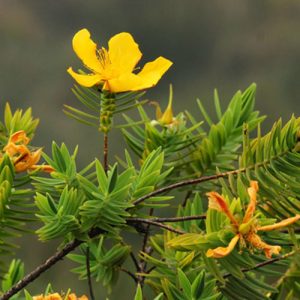 Studies suggested that Hypericum mysorense may boost immunity and inhibit viral spread by directly interfering with the replication of the viral cells.
Studies suggested that Hypericum mysorense may boost immunity and inhibit viral spread by directly interfering with the replication of the viral cells. 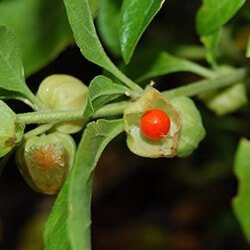 Studies suggest that Withania somnifera possesses profound antiproliferative properties. It has displayed the ability to repress HPV E6 and E7 oncogenes leading to growth inhibition of cervical cancer cells.
Studies suggest that Withania somnifera possesses profound antiproliferative properties. It has displayed the ability to repress HPV E6 and E7 oncogenes leading to growth inhibition of cervical cancer cells. 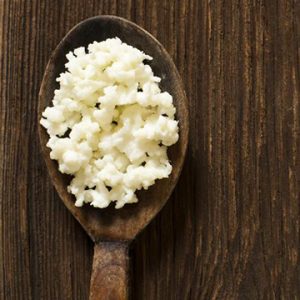 Monolaurin is a derivative of Lauric acid and studies on monolaurin have shown that it potentially dissolves viral envelopes thereby making the infective agents more vulnerable to the immune system.
Monolaurin is a derivative of Lauric acid and studies on monolaurin have shown that it potentially dissolves viral envelopes thereby making the infective agents more vulnerable to the immune system. 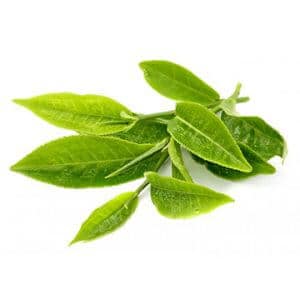 Reports from three randomized, double-blind, placebo-controlled studies suggested that active constituents from green tea significantly supported complete clearance of external warts and recurrence rates were also very low.
Reports from three randomized, double-blind, placebo-controlled studies suggested that active constituents from green tea significantly supported complete clearance of external warts and recurrence rates were also very low. 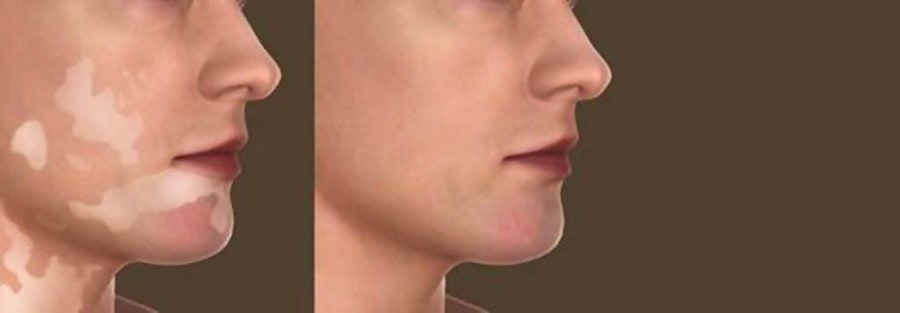
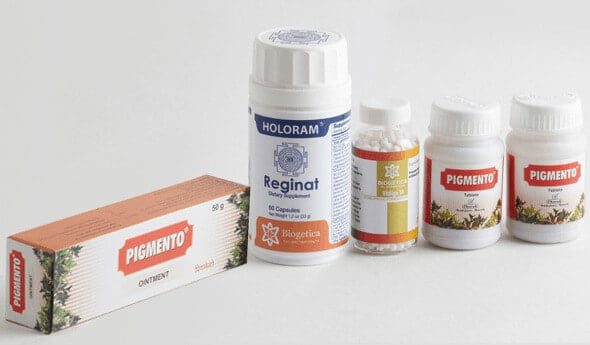





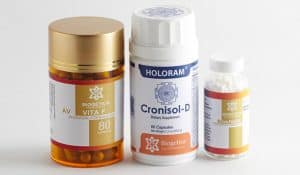

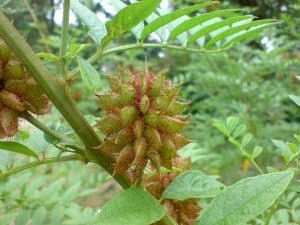
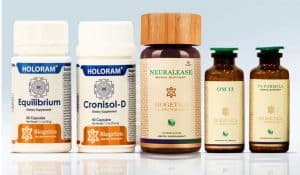

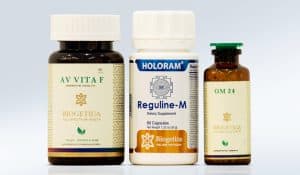
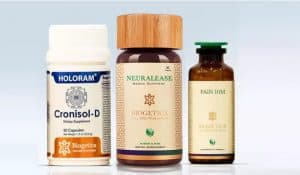
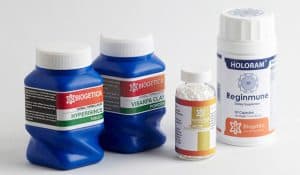


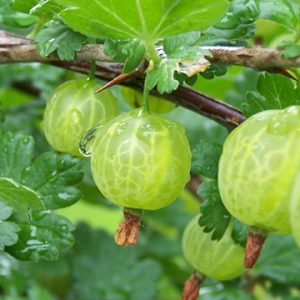 This herb is widely used in traditional medicines for its versatile properties. An in vitro study to determine the efficacy of the herb on HPV cancer cells reported that Phyllantus emblica inhibited transcription of viral oncogenes responsible for the development and progression of cervical cancer thus indicating its possible utility for the treatment of HPV-induced cancers.
This herb is widely used in traditional medicines for its versatile properties. An in vitro study to determine the efficacy of the herb on HPV cancer cells reported that Phyllantus emblica inhibited transcription of viral oncogenes responsible for the development and progression of cervical cancer thus indicating its possible utility for the treatment of HPV-induced cancers. 







